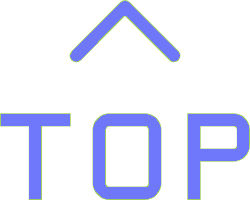Smart Home Security
Smart home security systems have evolved to incorporate advanced technologies such as biometrics and remote monitoring, significantly enhancing the protection of residential properties. By integrating devices like smart locks, surveillance cameras, and motion sensors, these systems ensure that only authorized individuals can access the home, providing homeowners with increased security and peace of mind.
Key Components of Modern Smart Home Security Systems:
1. Smart Locks:
○ Biometric Authentication: Utilize fingerprint recognition or facial recognition to grant access, ensuring that only authorized individuals can enter.
○ Remote Access: Allow homeowners to lock or unlock doors remotely via smartphone applications, offering convenience and control from anywhere.
2. Surveillance Cameras:
○ High-Definition Video: Capture clear images and videos, enabling detailed monitoring of the property's surroundings.
○ Motion Detection: Trigger recordings or alerts when movement is detected, ensuring timely awareness of any activity.
○ Two-Way Audio: Enable communication with visitors or potential intruders through integrated microphones and speakers.
3. Motion Sensors:
○ Intrusion Detection: Identify unauthorized movements within designated areas, triggering alarms or notifications to alert homeowners.
○ Integration with Other Devices: Work in tandem with cameras and alarms to provide a comprehensive security response upon detecting unusual activity.
Advantages of Integrating Biometrics and Remote Monitoring:
● Enhanced Security: Biometric authentication methods, such as fingerprint or facial recognition, offer a higher level of security compared to traditional keys or codes, reducing the risk of unauthorized access.
● Real-Time Monitoring: Remote access capabilities allow homeowners to monitor their property in real-time, receive instant alerts, and respond promptly to any security events, even when they are away.
● User-Friendly Management: Smartphone applications provide intuitive interfaces for managing security settings, viewing camera feeds, and controlling devices, making home security more accessible and manageable.
Considerations for Implementing Smart Home Security Systems:
● Privacy Concerns: : Ensure that data collected by biometric systems and cameras are securely stored and accessible only to authorized users to protect personal privacy.
● Compatibility: Verify that all components of the security system are compatible with each other and can be integrated seamlessly for optimal performance.
● Cost: Evaluate the investment required for purchasing and installing these advanced security devices, considering both upfront costs and potential subscription fees for additional services.
By adopting smart home security systems equipped with biometrics and remote monitoring, homeowners can significantly enhance the safety and security of their residences, ensuring that only authorized individuals have access and that any suspicious activities are promptly detected and addressed.





















